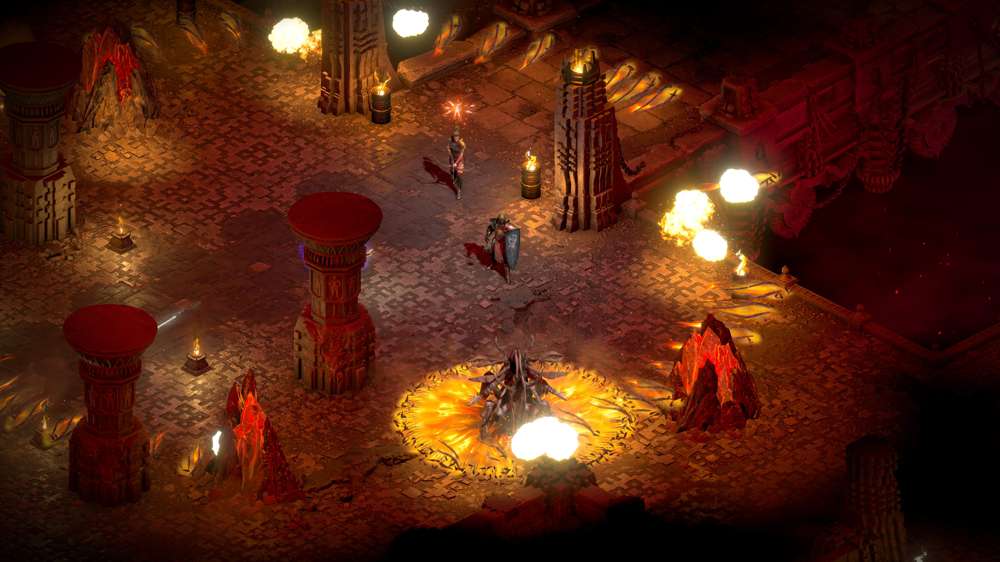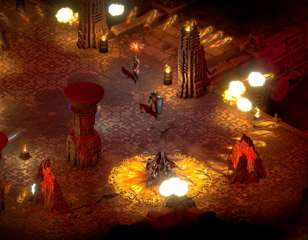Diablo 4 review: Don't fear the reaper in ARPG classic
Diablo 4 has taken everything that fans love about the ARPG format and elevated it to new heights. With a fascinating world to explore, a strong cast of characters, and purposeful combat, it sets a new standard for the genre. The wheel hasn’t been reinvented, and is remains to be seen how the series will adapt to a live service model. Nevertheless, anyone picking up Diablo 4 at launch will find themselves playing a very strong package with plenty of promise.
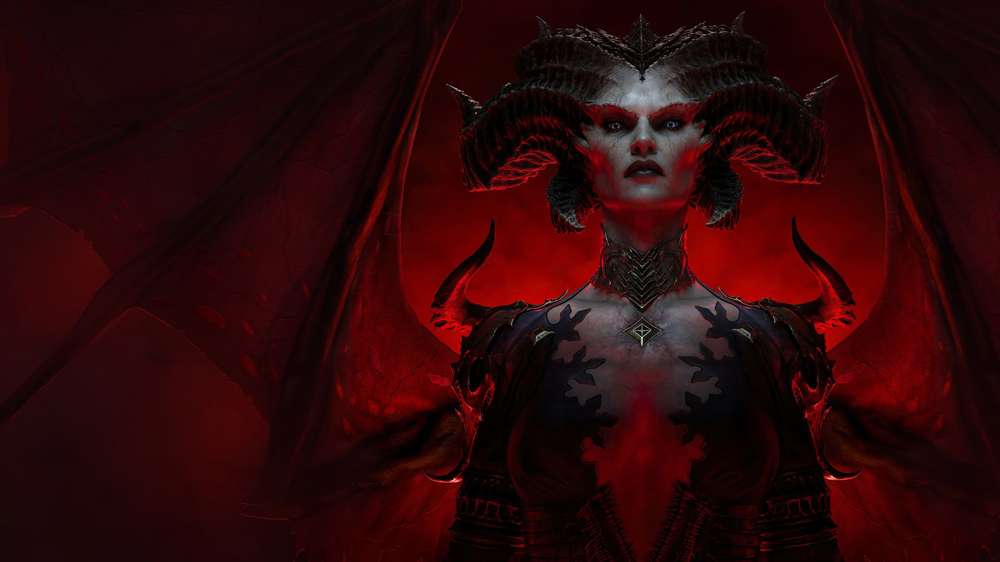
Diablo 4 has taken everything that fans love about the ARPG format and elevated it to new heights. With a fascinating world to explore, a strong cast of characters, and purposeful combat, it sets a new standard for the genre.
The wheel hasn’t been reinvented, and it remains to be seen how the series will adapt to a live service model. Nevertheless, anyone picking up Diablo 4 at launch will find themselves playing a very strong package with plenty of promise.
Images via Blizzard
Platform(s)
PC, Xbox Series X|S, PlayStation 5
Released
06/06/2023
Developer
Blizzard
Publisher
Activision Blizzard
Coming into Diablo 4 after recently playing an extensive amount of Diablo 3 invoked an enormous amount of whiplash. Gone is the striking colour palette and whimsical dialogue that were a signifier of the predecessor - Diablo 4 replaces all these with far more mature set dressing.
Although it took a while to adjust to Blizzard’s rather drastic change in direction, the more I played of Diablo 4 the more I’m convinced that these changes are for the better. If the live service elements live up to their promise, we could be looking at the new benchmark for ARPG titles.
GGRecon Verdict
Diablo 4 has taken everything that fans love about the ARPG format and elevated it to new heights. With a fascinating world to explore, a strong cast of characters, and purposeful combat, it sets a new standard for the genre.
The wheel hasn’t been reinvented, and it remains to be seen how the series will adapt to a live service model. Nevertheless, anyone picking up Diablo 4 at launch will find themselves playing a very strong package with plenty of promise.
A refreshing new tale
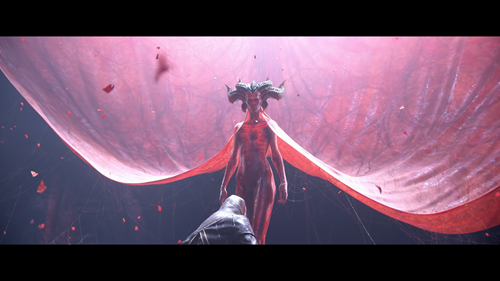
Diablo 4’s sets the tone early in an opening cutscene that’s equal parts gory, horrifying, and intriguing. A band of raiders are tricked into resurrecting the Daughter of Hatred, Lilith, the horned demon who serves as the antagonist of this adventure. Conveyed with striking imagery, it’s impossible to watch without feeling the need to learn more about this fantastic world.
What ensues is a journey across Sanctuary, the mortal plain that exists between Heaven and Hell. Lilith is on a mission to raise an army of her own, and in doing so ends up turning much of humanity on itself. For once, this sees the player not only battling against demons but a more monstrous side to humanity, too.
Fighting alongside other humans, Archangels, and countless other beings in between, the story of Diablo 4 never ceased to pull me by the nose. I constantly found myself looking to exhaust dialogue options with NPCs, and ultimately learn more about the fascinating (and often horrific) world they inhabit. It helps that most characters now have excellent voice actors behind them (is there anything Ralph Ineson can't do?), and the camera pans in to give us a closer look at their models, too.
- Here's what you need to know about the monetisation in Diablo 4.
I ain't quite where I think I am
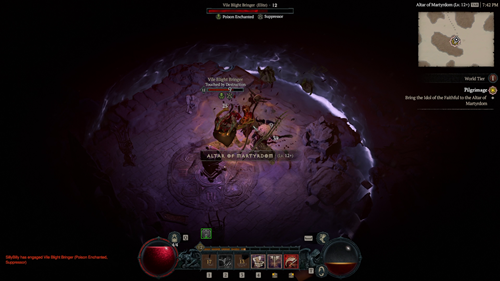
On the surface, not much has changed in the presentation of Diablo 4 compared to its past. It’s still a top-down, isometric ARPG where movement is controlled by the mouse and active abilities are tied to the number row (at least on PC).
However, it quickly becomes apparent that Diablo 4 is a totally different beast. What hits you first is how much slower Diablo 4 is to play. With the camera pulled in a little tighter, you’re forced to give the immediate world and characters more attention. Movement is a touch slower, too, with attacks feeling heavier, and much more intentional.
The way you navigate Sanctuary has totally changed, with the world completely open and segmented into different zones. These can be traversed at your own leisure, and make for an environment that feels connected and seamless. Combine all of this with visuals that are dirty, gritty, and a whole lot gorier, and you’ve got one helluva tonal shift if you’ve just finished playing through Diablo 3.
These changes are for the better, giving us a Diablo that’s not only more consistent with its historical entries but confident in the way that it speaks to both its gameplay mechanics and overall presentation.
- You can transmog items in Diablo 4. Here's how.
A class above
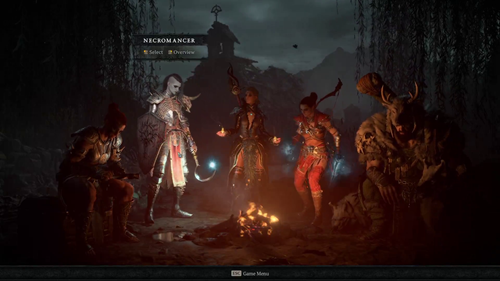
Like most other ARPGs, Diablo 4 asks players to pick one of five classes: Barbarian, Druid, Necromancer, Rogue, and Sorceress. Each has its own unique characteristics and skill trees, lending them to completely different playstyles.
For example, the Necromancer relies on defeating enemies and raising them against their pals. Meanwhile, the Barbarian class is a solid shout if you’re a big fan of whacking demons with glorified sticks. A more outlandish choice would be the Druid, which sees players shapeshift between different forms as they wreak havoc on the inhabitants of Sanctuary.
Whichever class you choose, there’s plenty of scope within these archetypes to build a character that suits you. For example, my playthrough mostly consisted of the Barbarian class, which I kitted out with a massive hammer, a ridiculously oversized sword, and two mean-looking axes for dual-wielding. With my skills, I was able to come up with a neat gameplay loop of launching in from afar, dealing massive area damage with a twirl of my sword, and then picking off stragglers with a few hits of the damage-dealing axes.
It’s coming up with these little build routines that I found to be a surprisingly engaging aspect of Diablo 4’s progression system, which awards players with a Skill Point for every level achieved.
- Here's how you can unlock mounts in Diablo 4.
Improvise, adapt, overcome
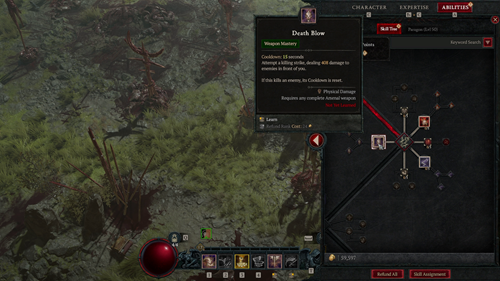
What differentiates this upgrade system from others is that points can be refunded for very, very low costs. Most skills can be refunded for a few measly gold coins, which are available in abundance right from the start of the game. It's a far cry from Diablo 2 Resurrected's archaic and inflexible system where one errant skill point could ruin a build.
What this means is that the upgrade system is built intentionally for players to respec their character on the fly, chopping and changing skills until they find a build that works for them. This is not only incredibly satisfying but also means the game stays rewarding into the later stages. Players are no longer locked out of using specific weapons because their build doesn’t support them.
A major departure for combat this time around is a dedicated combat roll button that’s assigned to every class. This is a signifier of how Diablo 4’s combat has been built with movement in mind. The days when players could mindlessly spam skills on cooldown while stationary in the same spot are over; Boss fights, and even some regular combat encounters, will test the player’s skills, requiring them to consider correct character positioning, skill use, and healing item timing.
It’s a massive upgrade over the combat systems we’ve seen in previous Diablo games that adds real stakes to what can often feel like "whack-a-mole" with various mobs.
- You'll need to know what World Tiers are in Diablo 4 before jumping in.
Where to next?
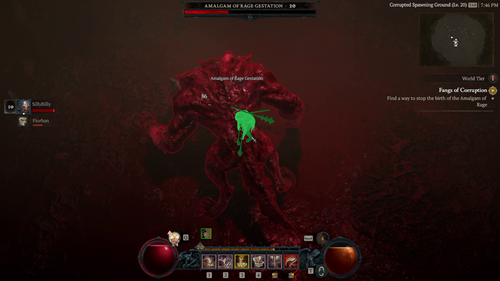
If there’s one thing that Diablo 4 isn’t short of, it’s things to do. If you want to mainline the story, then that’s totally possible - I found that my character tended to level up accordingly with the requirements of the campaign, meaning there were no real chokepoints that required a grind.
However, just a few hours into the first act and my quest log was already bursting at the seams with side objectives to complete. Not only that, but the different regions of Sanctuary are brimming with abandoned mines, buildings, or caves to search and clear. Serving as mini-dungeons, there’s always something shiny to expect at the end of the path, and always a tidbit of lore to pick up along the way.
Diablo 4 also plans to extend its lifecycle significantly with the transition to a live service update schedule, supported by MMO-like features. While wandering the world, you’ll regularly come across other players taking part in world events, the vast majority of which are challenging and rewarding to take part in. Not only that, but it also makes the world feel more alive than ever before - surprising for a game filled with undead.
It remains to be seen whether Diablo 4 will feature continued, quality support over the next few months. Regardless, even if you’re not interested in playing Diablo 4 as a live service game, there is more than enough available at launch to satisfy most single-player ARPG fans.
- Is Diablo 4 on Xbox Game Pass? Find out here.
The Verdict
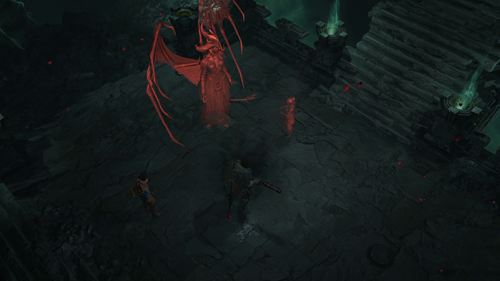
Diablo 4 has taken everything that fans love about the ARPG format and elevated it to new heights. With a fascinating world to explore, a strong cast of characters, and purposeful combat, it sets a new standard for the genre.
The wheel hasn’t been reinvented, and it remains to be seen how the series will adapt to a live service model. Nevertheless, anyone picking up Diablo 4 at launch will find themselves playing a very strong package with plenty of promise.
4.5/5
Reviewed on PC. Code provided by the publisher.
Comments

